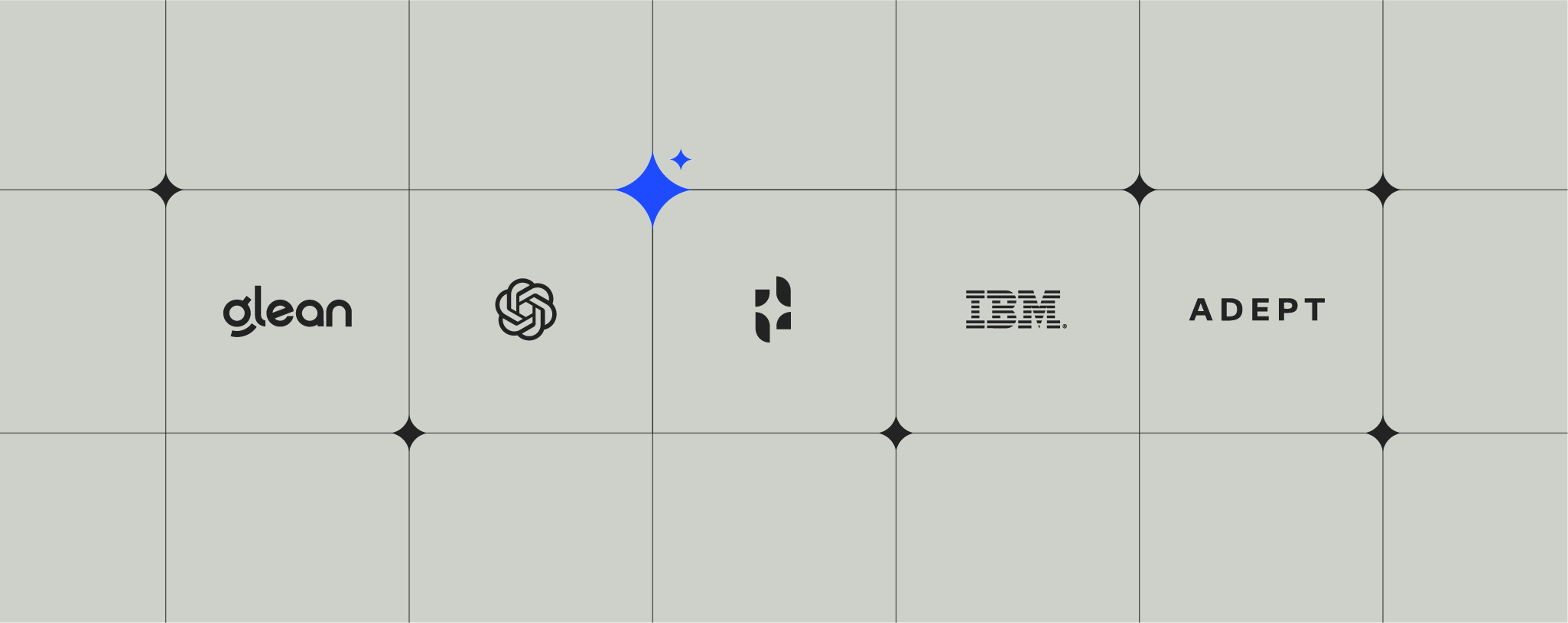The future of enterprise cloud solutions

The biggest difficulty in explaining the power of enterprise cloud solutions is that “Cloud” is the biggest naming failure in the history of computing.
Clouds are fleeting and don’t last long. Clouds are vague and unclear. Clouds hide what should be visible. Clouds are unpredictable. How can you trust a “cloud” to be secure and reliable?
To understand what cloud solutions for enterprise really are, take a look at what we really refer to when we say “Cloud”.
There is a data center from which “Cloud” operates. When we say “Cloud” we can think of it as a “Digital Fortress”. And it is the fastest, most secure, and most impenetrable form of computing that exists.
The “Digital Fortress” and what it can do
“Cloud” is nothing less than a monster infrastructure that takes away 90% of the IT work that enterprises used to undertake.
An enterprise, besides the brand, product, and employees, is basically a computer program. This program handles the services it offers, like providing customers with information, and it records what it does on physical media as proof – this could be considered similar to medieval times when everyone kept a ledger book of business activities.
Of course, technology has advanced since medieval times and humans are increasingly being replaced with computers. Some benefits of this are that computers don’t sleep, are cheaper to operate, don’t make mistakes and work much faster. But there is a catch. As enterprises grow more reliant on IT systems, their complexity increases.
What are the complexities of on-premise solutions?
First, an enterprise needs a contingency plan for its computer setup. So it installs software to monitor one computer and if it fails, it switches to a second computer. This can lead to issues with files that are locked by computer one and thus not accessible to computer two. So a third computer is needed to keep records of both of them.
Later, even three computers does not quite cut it. The enterprise invests in bigger hardware configurations to handle more customers. It invests in a network, load balancing equipment and software, switching, routers, internet connectivity, firewalls, redundant power supply and larger machines to handle the loads. Disks start to break. Old servers are too slow. Now you buy network storage solutions, hot swap raids, more computers to handle the processing loads. There is a risk that this equipment will break down, and now you have an entire IT team on payroll whose sole job is to remove and replace equipment. And god forbid you have a data migration project where all this work is done all over again. Now the enterprise is stuck with legacy IT infrastructure. And still pays through the nose to manage it!
Unfortunately, this is how many universities, banks, insurance companies, and government agencies are still run.
What do enterprise cloud solutions do?
They remove all the pain described above.
No more constant replacing of hardware. No more constant monitoring against hacking threats. Instead a massive data center takes care all of that for you. THAT’S the Cloud. That’s the magic of enterprise cloud computing solutions.
Any enterprise which has not yet switched to cloud is basically:
- Enduring huge payroll costs for a massive IT team
- Risking all its database to massive corruption (as happened to Netflix)
- Allowing its customer’s private data left open to a breach (as happened to Equifax)
- Paying tens of thousands of dollars on its own infrastructure (rather than outsourcing it for a few dollars a month)
- Risking non-compliance with GDPR (and hence huge fines)
- Risking downtime and loss of physical documents
Taking advantage of cloud solutions for enterprise is a good business decision with many benefits, and Enterprise cloud storage solutions are cheaper than anything else available. Many enterprises are starting to realize this with Forbes predicting that 83% of enterprise workloads will be in the cloud by 2020.
How will enterprises embrace the cloud?
Currently, the main shift with regards to cloud infrastructure is the idea that IT is a service and not something that needs to be built. But how will enterprises embrace this shift?
Firstly, keeping in mind that many enterprises still have their own expensive data centers, (which they don’t want to give up), there is a rise in hybrid cloud computing. Hybrid cloud is a compromise between an enterprise having its own data center and also using the services of a major cloud provider. Such enterprise cloud solutions will serve as an intermediary step before migrating 100% to cloud.
Secondly, another intermediary step is going to be Platform-as-a-service, where enterprises can build their own new applications, but use a cloud provider’s infrastructure to build them.
Moreover, many enterprises have a massive volume data on their customers, which they are yet to use. Cloud-based data-mining solutions will give them better insights on their customers.
What does this mean for cloud-based workplace applications?
Microsoft is encouraging its enterprise customers to shift to its cloud-based solution -Office 365 through an aggressive pricing policy. This will require some assistance in migrating Office to cloud, which Templafy offers. This will make it easier to manage all templates on a cloud-based service.
As cloud computing for enterprise changes in the future, Templafy will accommodate these changes to continue to make up-to-date, compliant and on-brand document templates, images and text elements available to all enterprises’ employees. We run on a Microsoft enterprise cloud solution, to enhance security and make both legal and brand compliance easier. Get in touch with us to see how we can improve your enterprise’s template and digital asset management system with a cloud-based solution.






